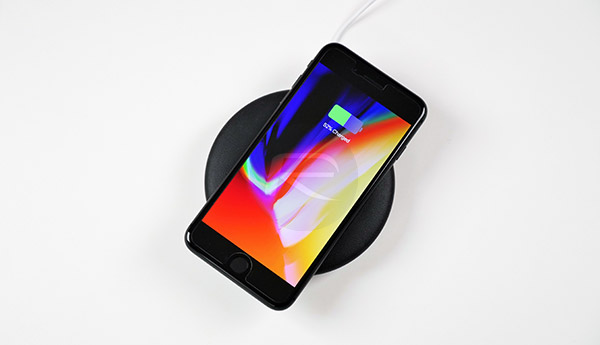Thanks to the release of what is being called the async_exploit by Ian Beer it’s becoming increasingly possible to do a number of things on Apple’s devices which weren’t previously possible without a full jailbreak. One of the latest processes involves being able to change the text which appears in various parts of the lock screen.
The availability of the released exploit means that developers can build new apps and experiences which allow functionality to be invoked which previously would have only been available to jailbroken device owners.

In this instance, the focus is on being able to change various strings on the device which are hardcoded into the platform, such as those found on the Lock screen when the device is locked. All you will need to be able to do that is a file explorer app built with the exploit injected, such as FilzaJailed which we recently told you about. Once you have FilzaJailed installed, you can follow the instructions below. Remember, this will only work on iOS 11.0-11.1.2 devices.
The process is relatively simple.
- Use the file explorer app of choice to navigate to the following directory: /System/Library/CoreServices/Springboard.app/
- Locate the right directory for your location. As an example, if you are the United Kingdom, then the en_GB.lproj is what you’re interested in. Depending on your country, you may have to Google the proper code for this.
- Open up the Late_Fall_2017_iOS_Strings.strings file if you are an iPhone X user, or the SpringBoard.strings file if you are using iPhone 8 or 8 Plus.
- It’s then a case of finding the key that is assigned to what you want to change and changing its underlying string file. As an example on the iPhone X, you will see a line similar to the following: <key>SWIPE_UP_TO_UNLOCK</key><string>. On the iPhone 8 /8 Plus or below with Touch to unlock function, you will see the following string: <key>PRESS_HOME_TO_OPEN</key> <string>.
- You can then change the text inside of the <string></string> brackets to change what is displayed on your device.
- Save the changes, reboot the device, and you’re good to go.

Of course, in these situations, the advice is always largely the same. If you don’t know what you are doing or don’t feel comfortable modifying these files and are wary of the outcome, then simply don’t do it. It’s unlikely that changing some string files will cause disastrous effects but we do need to remember that this isn’t a jailbreak luxury, and, as such, doesn’t come with the safety net of Cydia Substrate Safe Mode.
You may also like to check out:
- Download: iOS 11.2.5 Beta 2 IPSW Links And OTA Released Ahead Of Holidays
- iOS 11.2.5 Beta 2 Changes, Release Notes And Changelog Details You Need To Know About
- Houdini iOS 11 / 11.1.2 Semi-Jailbreak Tool Is Being Worked On
- Cydia For iOS 11.1.2 Jailbreak Is Being Worked On, Confirms Saurik
- Download iOS 11.2.1 IPSW Links And OTA Update With Critical Fix
- Download iOS 11, 11.2, 11.1.2 Links & Install On iPhone X, 8, 7 Plus, 6s, 6, SE, iPad, iPod [Tutorial]
- Downgrade iOS 11 / 11.2.1 To 11.1.2 On iPhone Or iPad [How-To Guide]
- Jailbreak iOS 11 / 11.2.1 / 11.1.2 On iPhone And iPad [Status Update]
You can follow us on Twitter, add us to your circle on Google+ or like our Facebook page to keep yourself updated on all the latest from Microsoft, Google, Apple and the Web.

